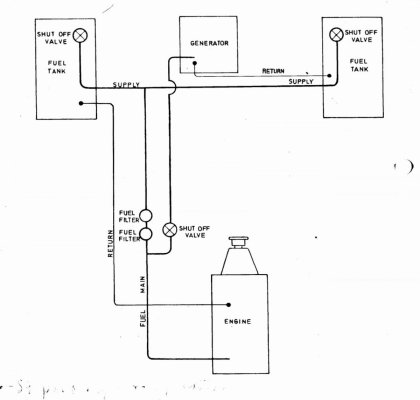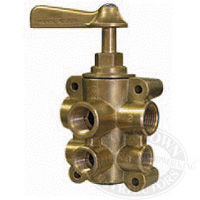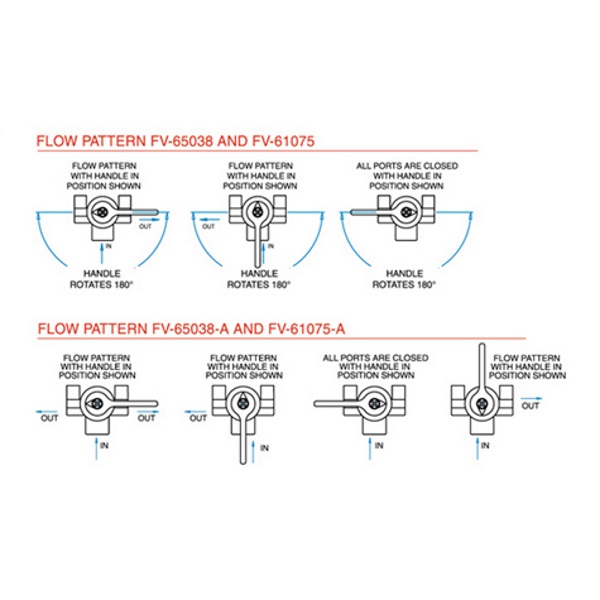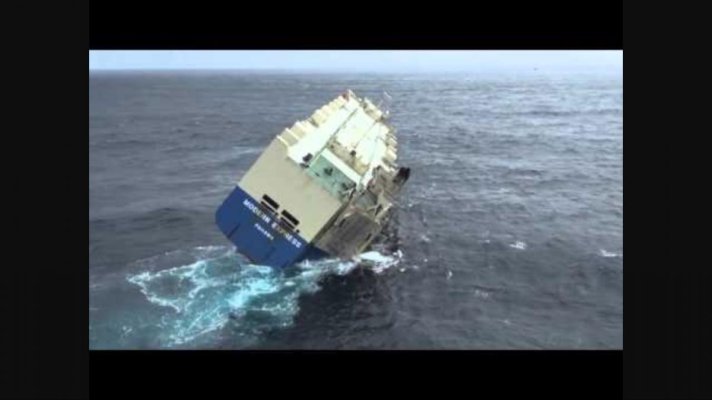kurt.reynolds
Senior Member
- Joined
- Apr 20, 2013
- Messages
- 134
- Location
- USA
- Vessel Name
- Grace
- Vessel Make
- 1982 Grand Banks Motoryacht
New to us GB 42 Hull 803, Single Lehman Diesel.
Wondering what the recommended or pros/cons of operation off of ONE fuel tank at a time.
Based on my research there is a shutoff for both tanks, but only one return to STBD tank from the engine. Seems the STBD tank would fill up if you are only using the PORT tank for fuel.
Attached is a fuel system diagram.
Wondering what the recommended or pros/cons of operation off of ONE fuel tank at a time.
Based on my research there is a shutoff for both tanks, but only one return to STBD tank from the engine. Seems the STBD tank would fill up if you are only using the PORT tank for fuel.
Attached is a fuel system diagram.






